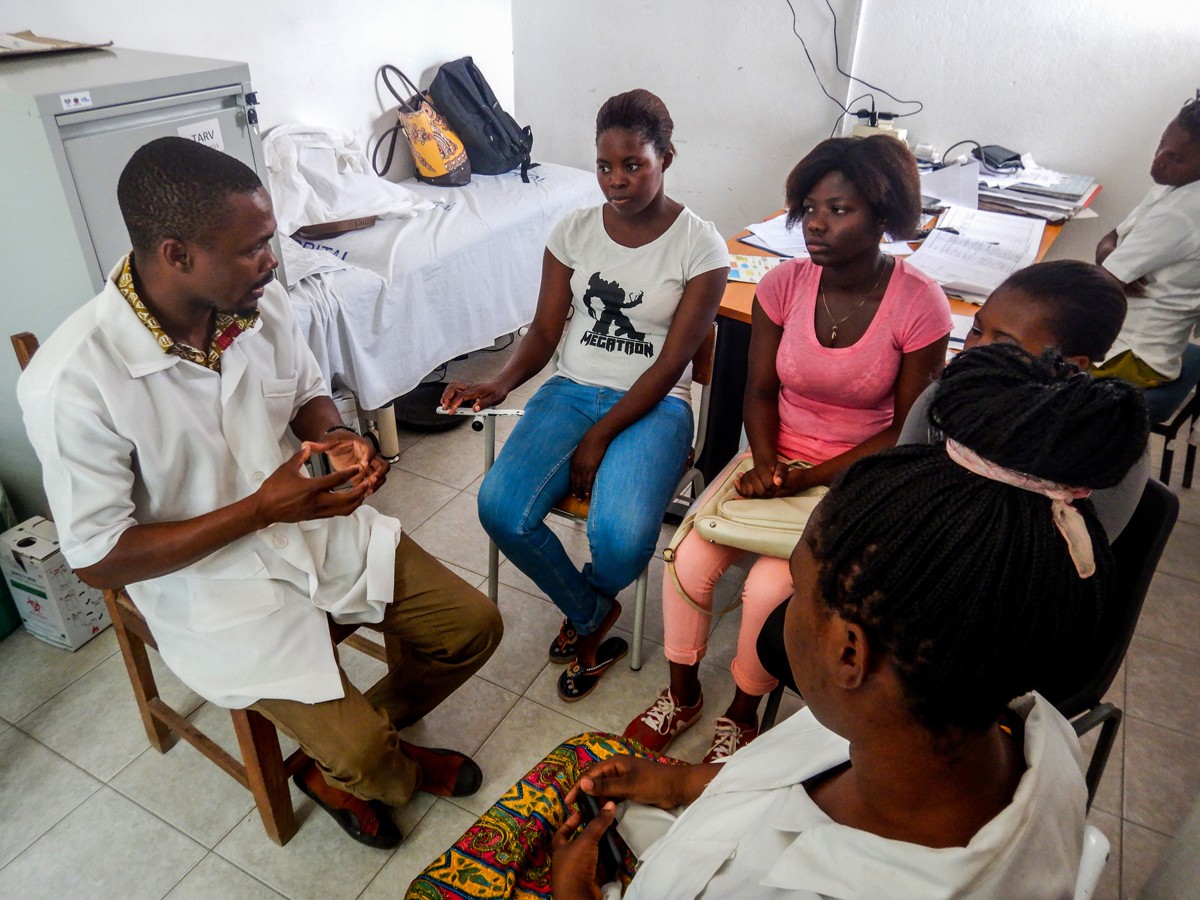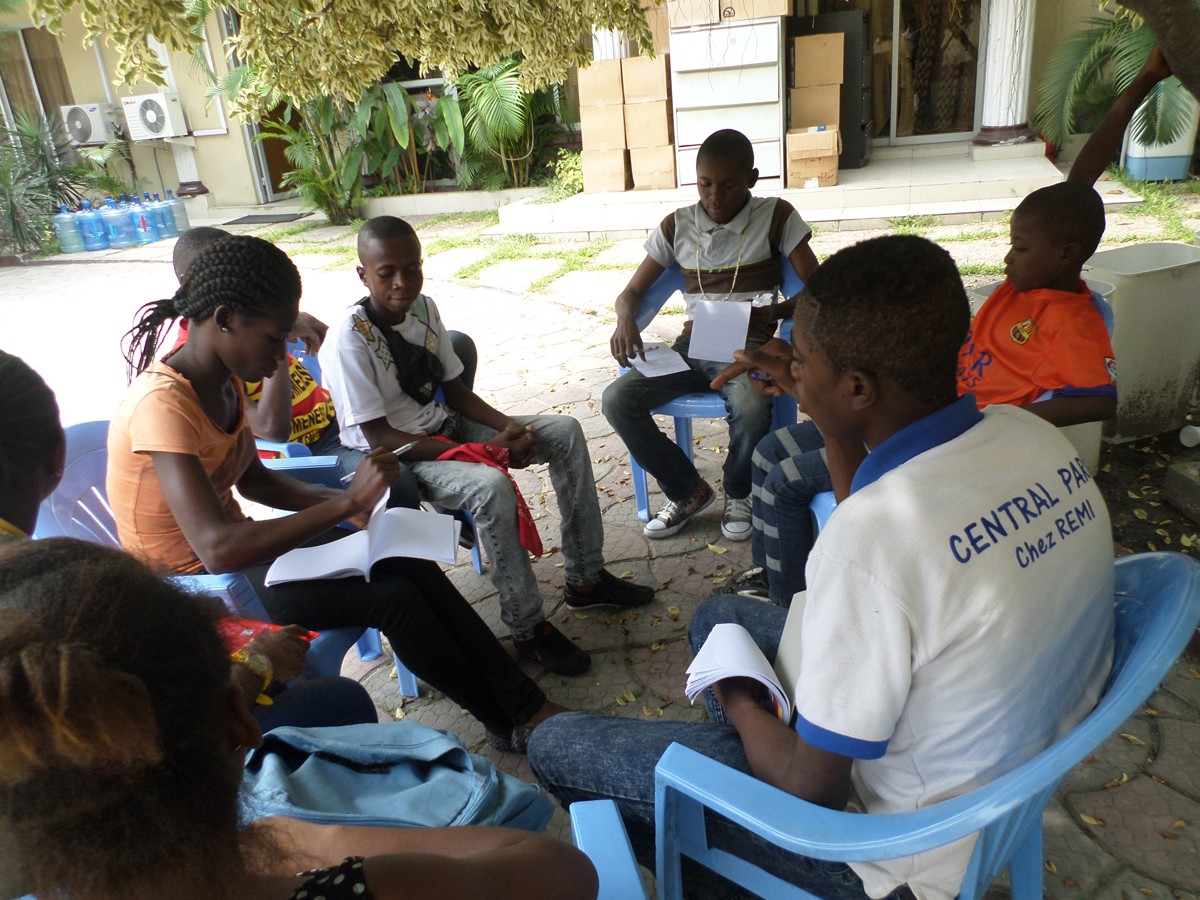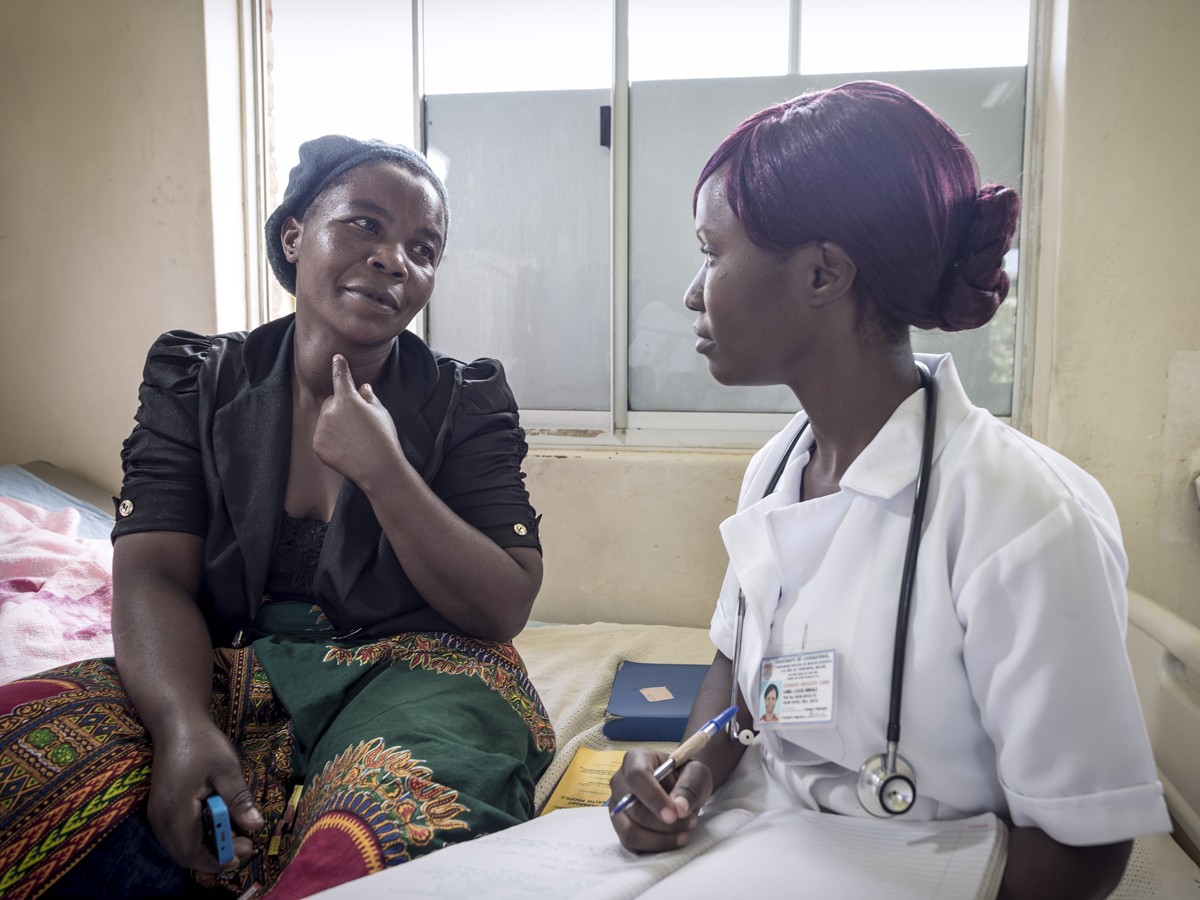Susan Michaels-Strasser, Paul W. Thurman, Narcisse Mwinkeu Kasongo et al. Increasing Nursing Student Interest in Rural Healthcare: Lessons From a Rural Rotation Program in Democratic Republic of the Congo, 10 December 2020, PREPRINT (Version 1) available at Research Square [https://doi.org/10.21203/rs.3.rs-122030/v1]
Abstract
Background: Many challenges exist in providing equitable access to rural healthcare in the Democratic Republic of the Congo (DRC). WHO recommends student exposure to rural clinical rotations to promote interest in rural health‑care. Challenges to rural engagement include lack of adequate infrastructure and staff to lead rural education. This case report highlights key steps in developing a rural rotation program for DRC nursing students.
Case presentation: To implement a rural rotation (RR) program, ICAP at Columbia University (ICAP) consulted with students, the Minis‑tries of Health (MoH) and Education (MoE), and nursing schools to pilot and expand a rural rotation program. Nursing schools agreed to place students in rural clinics and communities. Key stakeholders collaborated to assess and select rural sites based on availability of nursing mentors, educational resources, security, accessibility, and patient volume. To support this, 85 preceptors from 55 target schools and 30 rural health facilities were trained of which 30 were selected to be “master trainers”. These master trainers led the remaining 55 preceptors implementing the rural rotation program. We worked with rural facilities to engage community leaders and secure accommodation for students.A total of 583 students from five Lubumbashi schools and two rural schools outside Kinshasa participated across 16 rural sites (298 students in 2018–2019 school year and 285 in 2019–2020). Feedback from 274 students and 25 pre‑ceptors and nursing school leaders was positive with many students actively seeking rural assignments upon gradua‑tion. For example, 97% agreed or strongly agreed that their RR programs had strengthened their educational experi‑ence. Key challenges, however, were long‑term financial support (35%) for rural rotations, adequate student housing (30%) and advocacy for expanding the rural workforce.
Conclusions: With nearly 600 participants, this project showed that a RR program is feasible and acceptable in resource‑limited settings yet availability of ample student accommodation and increasing availability of rural jobs remain health system challenges. Using a multipronged approach to rural health investment as outlined by WHO over two decades ago remains essential. Attracting future nurses to rural health is necessary but not sufficient to achieve equitable health workforce distribution.









